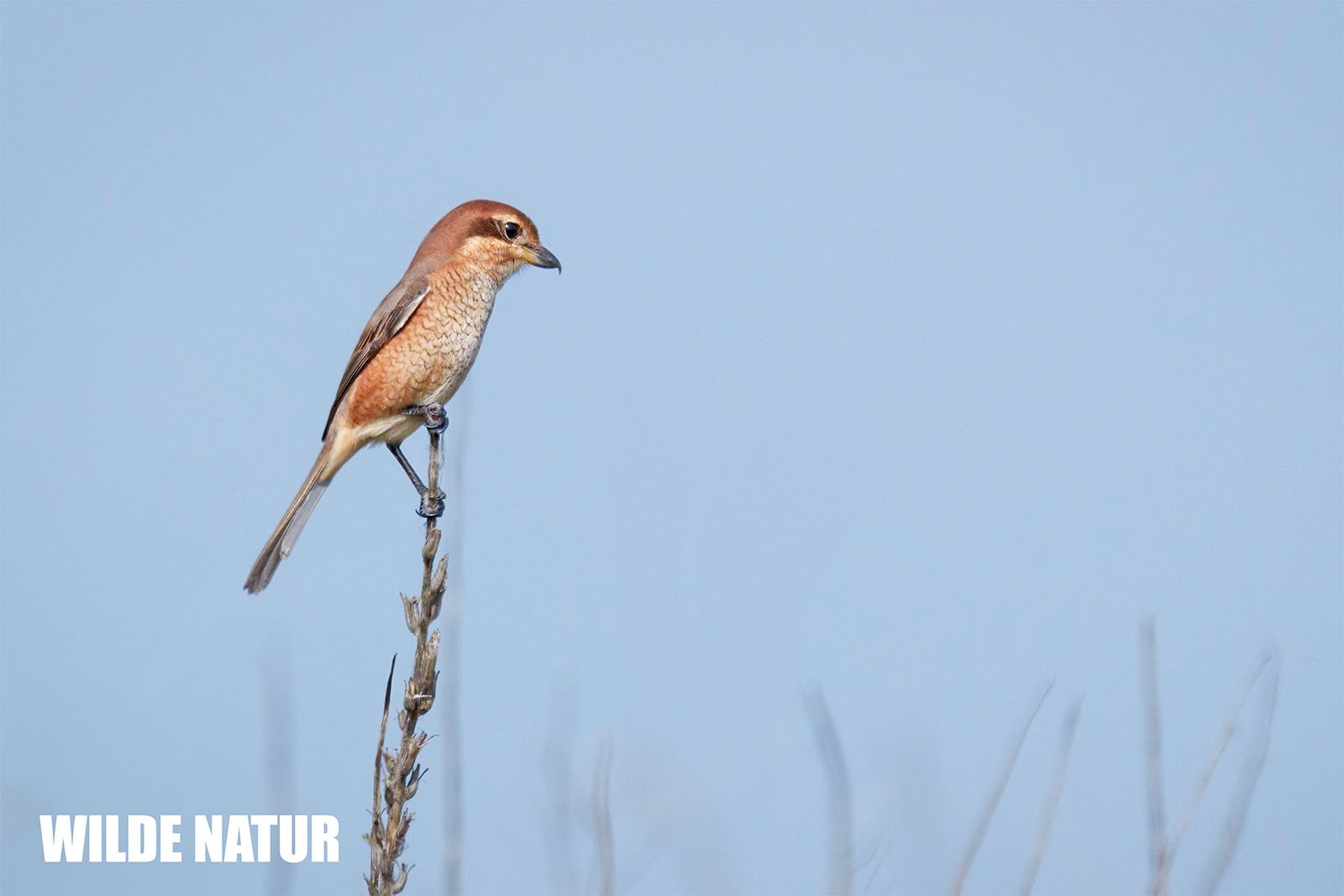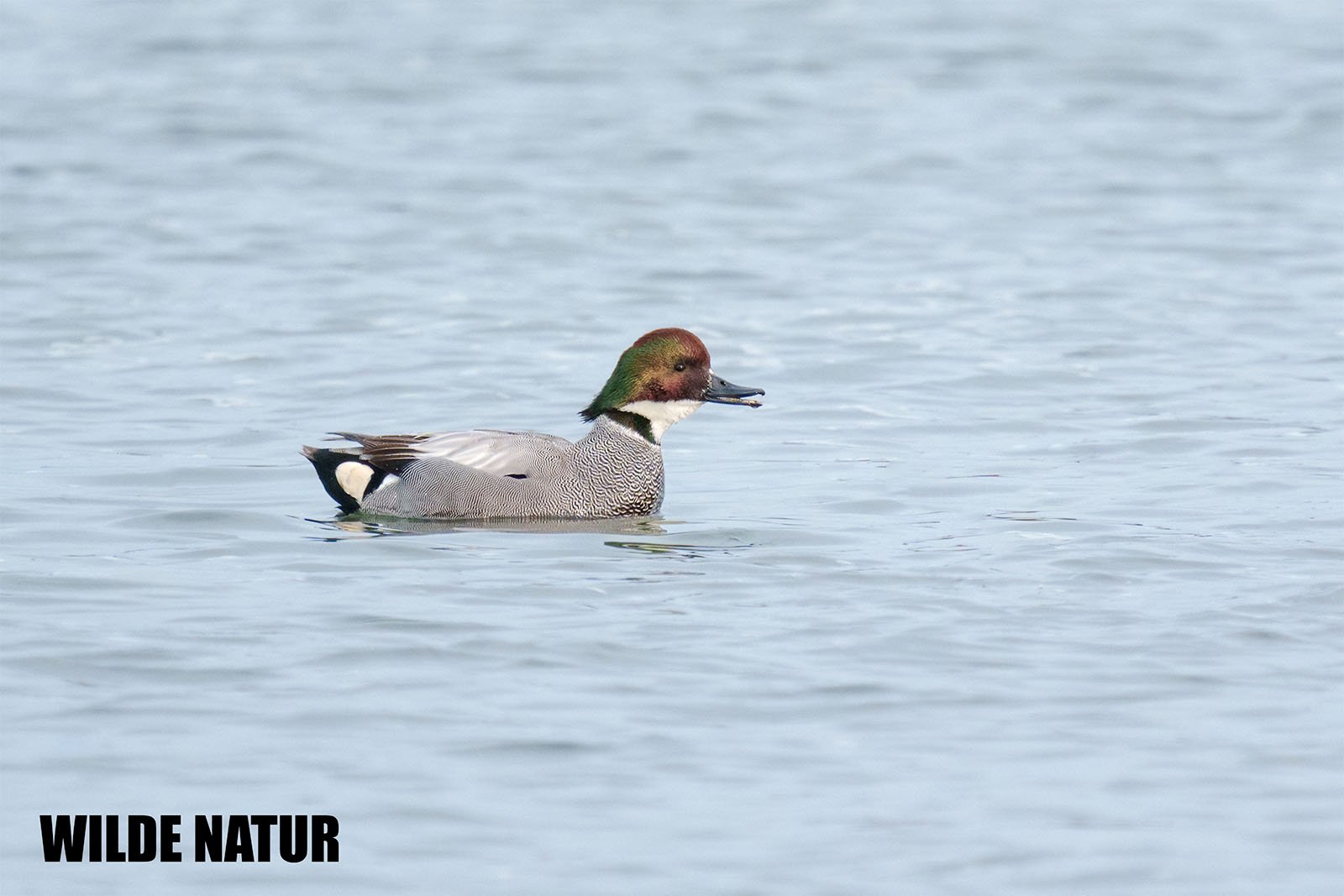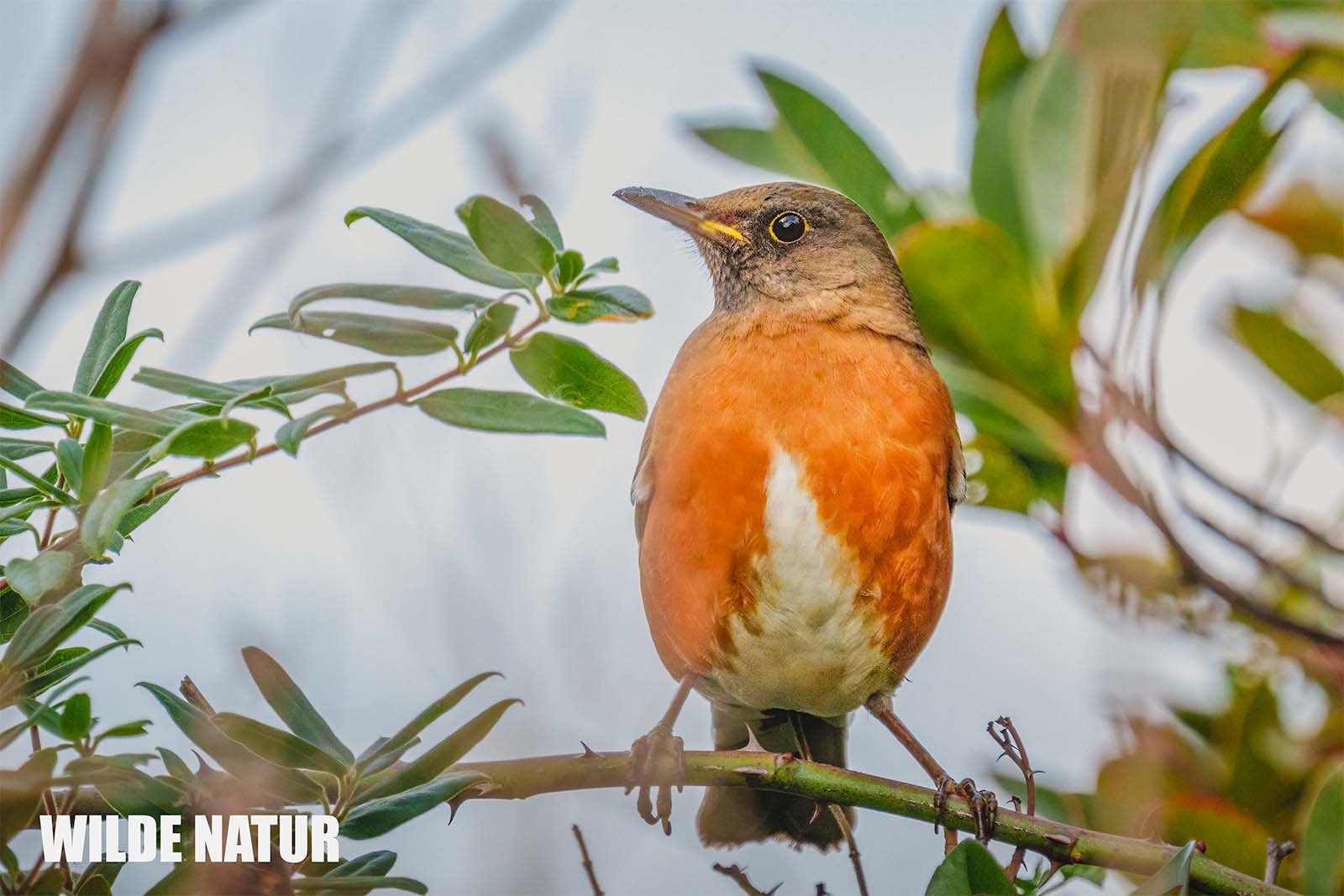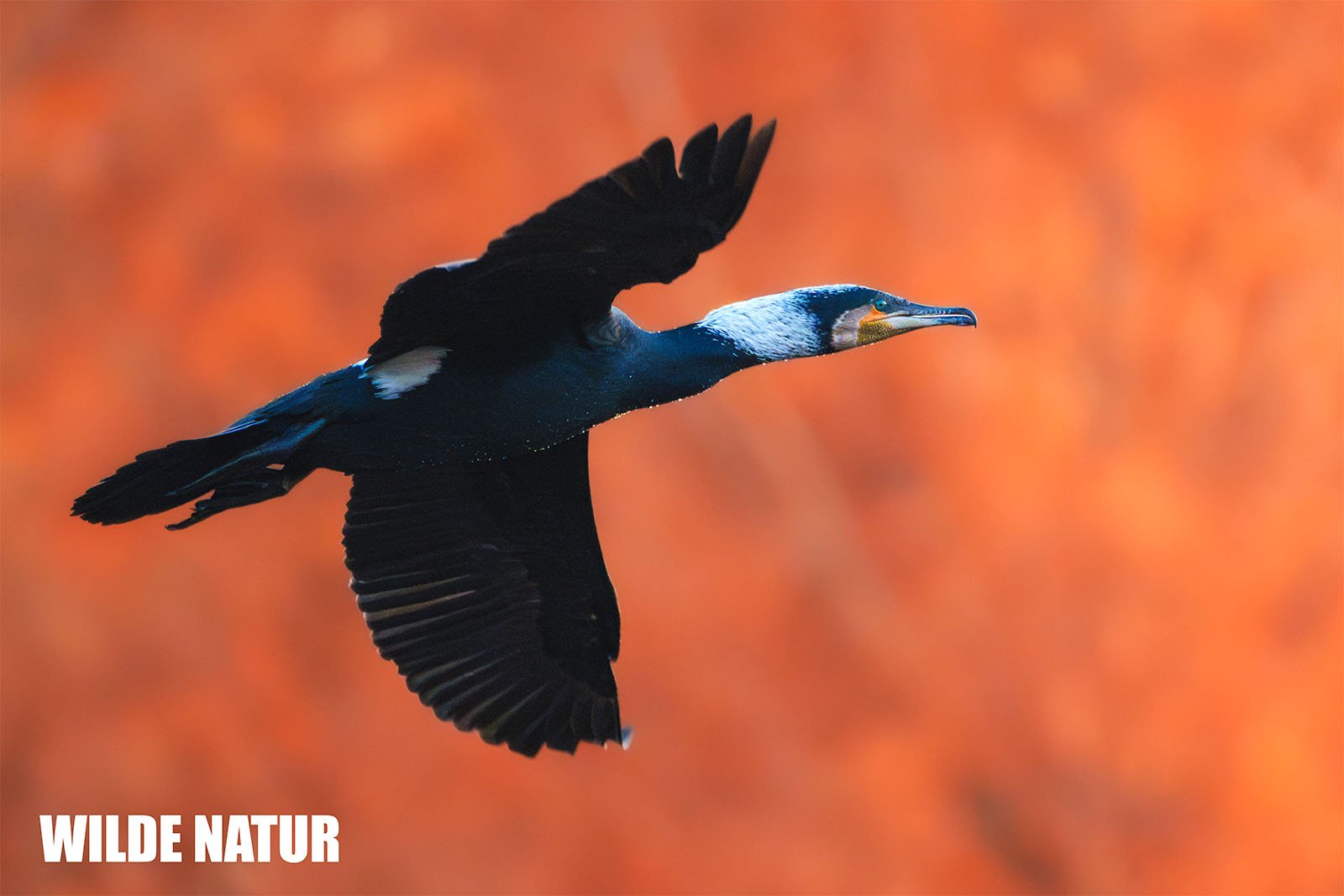Egyptian goose (Alopochen aegyptiaca)
Egyptian Goose (Alopochen aegyptiaca) on a dock by the water, with cream-colored plumage, reddish-brown wings, and pink legs
Egyptian Goose: The African Bird in European Waters
Learn about the Egyptian Goose – its unique appearance, habitat, and growing presence in Europe. Perfect for birdwatchers and nature lovers!
Table of Contents
- Key Facts About the Egyptian Goose
- Introduction: An African Bird in Europe
- Detailed Description of the Egyptian Goose
- Habitat and Distribution
- Breeding
- Diet
- FAQ About the Egyptian Goose
- Shortlist – Color Features
Key Facts About the Egyptian Goose
- Size: 63–73 cm (25–29 inches)
- Features: Beige plumage with brown eye patches, a dark brown chest band, and contrasting white wings; reddish beak and pink legs
- Habitat: Originally from Africa (Nile region and sub-Saharan areas), now also found in Europe near water bodies
- Breeding: February to July; lays 5–12 eggs in nests on the ground or in tree hollows
- Diet: Grass, herbs, seeds, grains, and occasionally small insects
Introduction: An African Bird in Europe
The Egyptian Goose, originally from Africa, has found a new home in many European countries. It is part of the shelduck family and the only member of the genus Alopochen.
Its name refers to the Nile River, which was its primary habitat. Today, this adaptable bird can be seen in parks, lakes, and rivers across Europe, where it has successfully spread and thrived.
Detailed Description of the Egyptian Goose
Size and Plumage
The Egyptian Goose is an impressive bird with striking features:
- Size: It measures 63–73 cm (25–29 inches) and is considered a medium to large waterfowl.
- Plumage: The body is mostly beige with distinct brown eye patches and a dark chest band.
- Wings: In flight, the wings show a striking contrast of white, black, and greenish metallic tones.
- Legs and Beak: Its legs are pink, and its slightly curved beak is reddish, adding to its elegant appearance.
Sounds and Behavior
The Egyptian Goose has a varied range of sounds:
- Males: Produce hissing and hoarse "wräd-wräd" calls, especially when flying.
- Females: Emit rapid, trumpet-like honks, often described as "honk-hää-hää."
Habitat and Distribution
Original Habitat
In Africa, the Egyptian Goose inhabits rivers, lakes, and savanna wetlands. It is highly adaptable and can live at elevations up to 4,000 meters (13,100 feet).
Spread in Europe
Escaped from captivity in the Netherlands, the Egyptian Goose spread along the Rhine River. Today, it thrives in urban parks, riverbanks, and lakes across Central Europe.
Breeding
Nesting and Eggs
The breeding season lasts from February to July. The female builds a well-hidden nest, often in dense vegetation on the ground, in tree hollows, or even on buildings.
- Clutch Size: 5–12 cream-colored to light brown eggs
- Incubation: Eggs hatch after 28–30 days of incubation by the female.
Raising the Young
After hatching, the chicks leave the nest quickly and follow their parents. They are precocial, meaning they search for food independently while under the protection of both parents.
Diet
What Does the Egyptian Goose Eat?
The Egyptian Goose is mainly a herbivore but adapts its diet to its environment:
- Primary Diet: Grass, herbs, seeds, and grains
- Occasional Foods: Small insects, especially during the breeding season
FAQ About the Egyptian Goose
1. Where does the Egyptian Goose come from?
It is native to Africa, particularly the Nile River region and sub-Saharan areas.
2. Why is the Egyptian Goose found in Europe?
Escaped birds from captivity spread along rivers and adapted to European environments.
3. What does the Egyptian Goose eat?
It eats grass, seeds, herbs, grains, and sometimes small insects.
4. How large is the Egyptian Goose?
It measures 63–73 cm (25–29 inches) in length and can weigh up to 2.2 kg (4.8 pounds).
5. When is the breeding season?
The breeding season runs from February to July.
Shortlist – Color Features
- Size: 63–73 cm (25–29 inches)
- Plumage: Beige with brown eye patches and a dark chest band
- Wings: Contrasting white, black, and greenish metallic parts
- Beak: Reddish, slightly curved
- Legs: Pink
The Egyptian Goose is an eye-catching and adaptable bird. Whether in Africa or Europe, it fascinates with its striking appearance and ability to thrive in diverse environments. Next time you visit a park or lake, keep an eye out for this elegant species – you won’t regret it!
Egyptian goose (Alopochen aegyptiaca) - Picture taken in Franconia / Bavaria, Germany





















